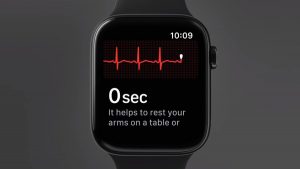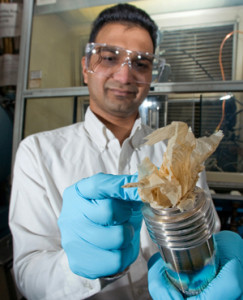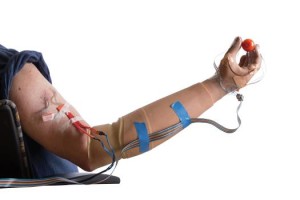 Deadline for submitting abstracts
Deadline for submitting abstracts
December 2, 2019
Submit today!
Topic Close-up #6
Symposium L05: Composite Electrodes
Symposium focus: Multicomponent composite electrodes are an essential feature of a variety of electrochemical devices such as batteries, fuel cells, supercapacitors, and hybrid systems, and their proper design is key to ensuring that optimum kinetics and mass transport are achieved during operation. Several phases must meet in these composite systems, such as a gas diffusion electrode of a polymer electrolyte fuel cell, for the electrochemistry to take place, which requires the combination of good materials selection and processing protocols. (more…)



 When a battery is used, electrically charged ions travel between electrodes, causing those electrodes to shrink and swell. For some time, researchers have wondered why the electrode materials – which are fairly brittle – don’t crack in the expansion and contraction styles.
When a battery is used, electrically charged ions travel between electrodes, causing those electrodes to shrink and swell. For some time, researchers have wondered why the electrode materials – which are fairly brittle – don’t crack in the expansion and contraction styles.

